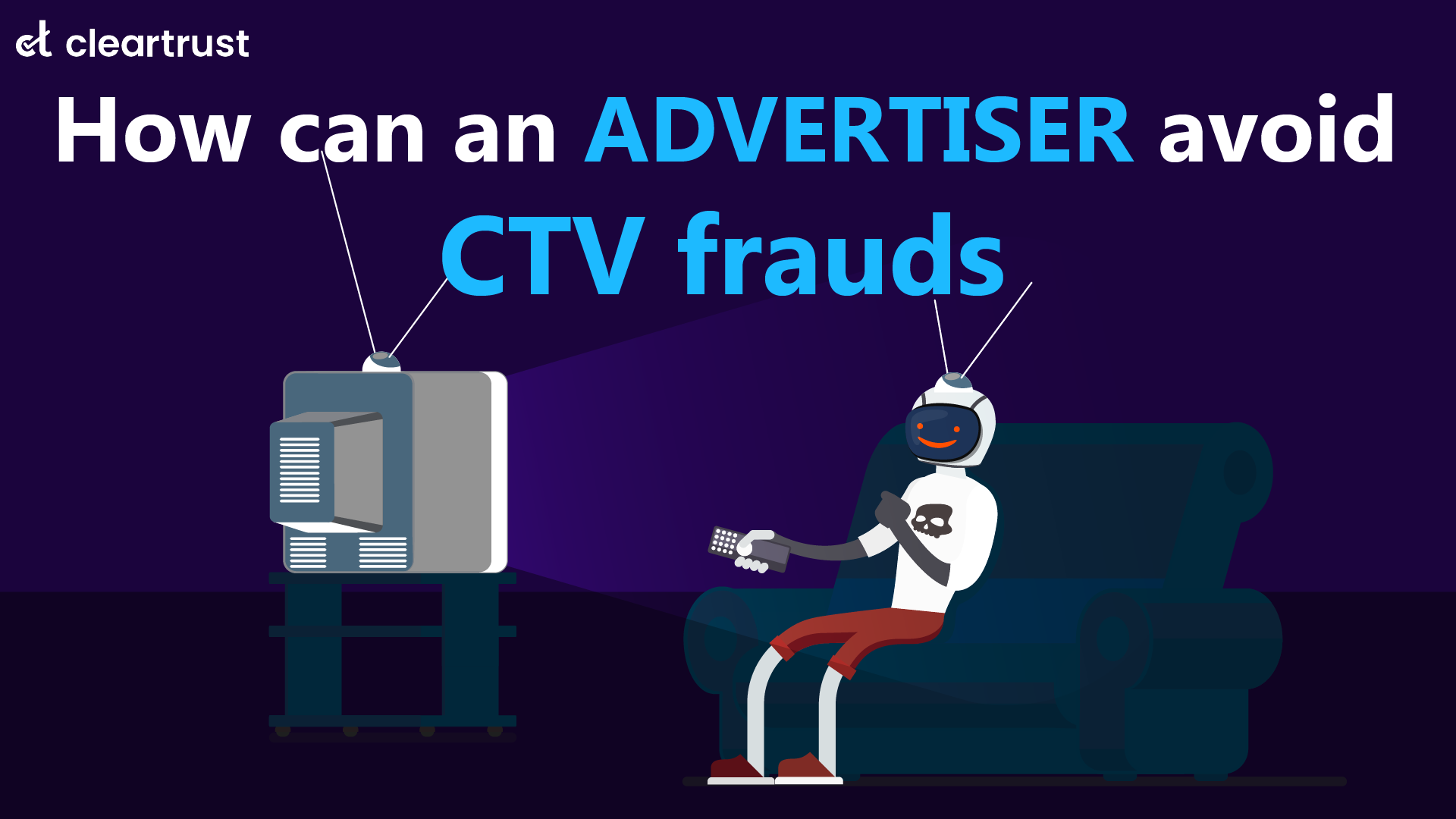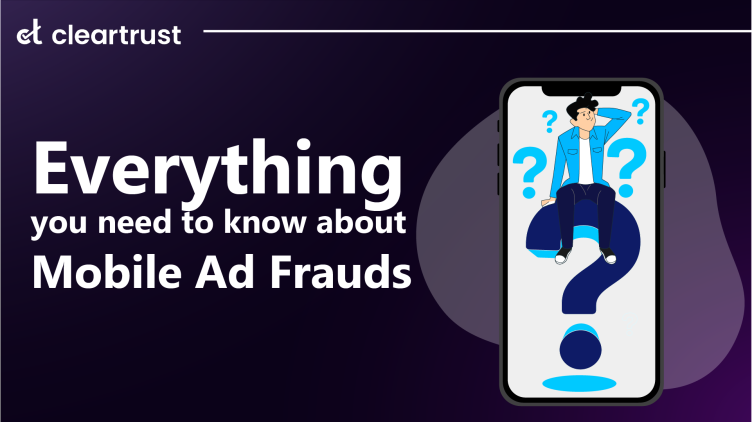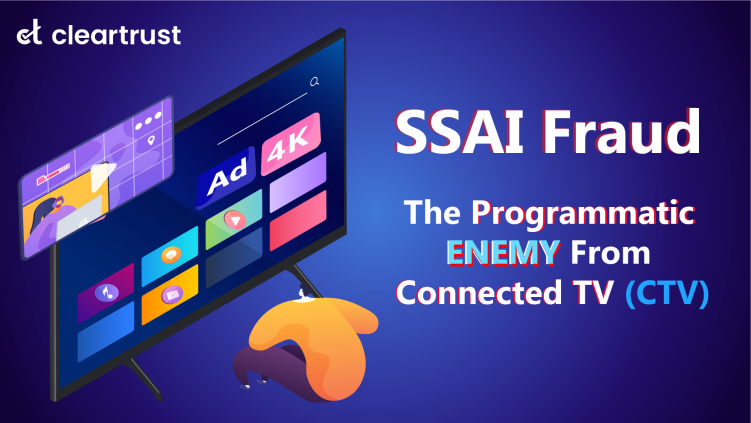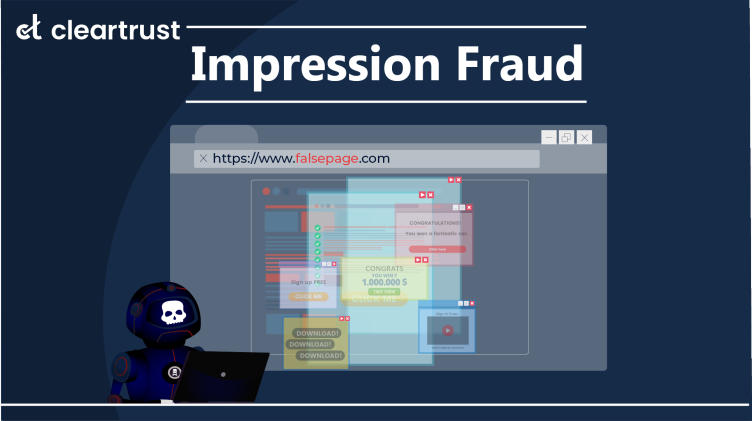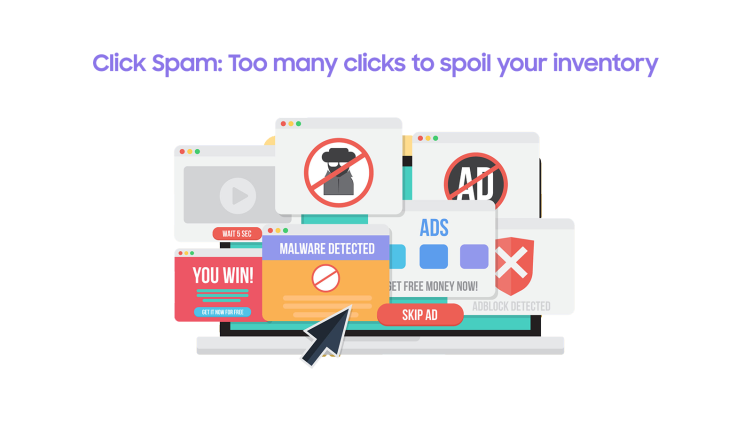Click spam is a major issue concerning publishers that also paves the way for damaging their reputation through a unique ad fraud technique. The worst of all is when Google AdSense bans a publisher due to prolonged spam activities on their inventories which might be happening without their knowledge.
Once banned, a publisher is not allowed to participate in auctions and reap the benefits available as an AdSense member until the suspended account is restored which is quite a challenging process.
But what if we said that you can avoid these consequences by simply switching on some filters for your inventories that will never let spam click to get through?
If your hosted campaigns are receiving an unreasonably high number of impressions, it’s time to get cautious and evaluate the same for click spam. All you need to do is enable the filters mentioned further and the team at ClearTrust shall do the rest.
Let’s take you through these filters
Top 10 click spam filters you must enable right away
1. Bot Networks
It is not rocket science to realise that maximum click spam activities originate from non-human impressions flawlessly executed by bots. To counter them, our Bot Network filter eliminates the traffic emanating from Global Bot Networks.
As a result, any form of non-human traffic designed to mimic users and inflate audience numbers will be automatically blocked on being enabled and this way, the #1 reason behind click spam is kept under check.
2. Click Farms
"Click Farm" refers to a group or organization that employs individuals to click on advertisements or perform other actions with the intention of generating fraudulent engagement and inflating ad metrics. Click farms are often located in countries where labour costs are relatively low.
The primary purpose of a click farm is to create the illusion of genuine user engagement and increase the click-through rate (CTR) or other performance metrics of online ads artificially.
This can deceive advertisers into believing that their ads are generating significant interest and traffic, leading them to invest more in their advertising campaigns. However, the engagements from click farms are not genuine or valuable since the individuals involved are not genuinely interested in the content they are interacting with.
On enabling this filter, our system eradicates impressions from users who are not prone to taking subsequent actions after landing on a specific page thereby removing the risk of generating impressions from click farms.
3. Non-viewable filters
Fraudsters use sophisticated techniques to employ bots that cannot be seen but they still generate impressions. This is possible when the non-human traffic is either in the off-screen space or hidden behind the frames. To counter this issue, we have non-viewable filters which fight against such traffic which is present in the off-screen area (not visible to a user or an admin view) as well as the fake traffic event traced from frames
4. Spoofing
There are multiple spoofing filters available at ClearTrust for issues ranging from click spam to CTV fraud. For this one, we would like to throw some light on the Spoofed IP filter.
In a spoofed IP attack, the attacker modifies the source IP address field in a packet to make it appear that it originated from a different source than the actual sender. As a result, analyzing the difference between fake and genuine IP addresses becomes a challenge for any backend executive.
As a result, multiple clicks originating from the same IP address may go unnoticed. Our spoofed IP filter flags traffic originating from a source whose IP has been spoofed and played around with.
5. High-Risk Domains
There are various domains or website names that are associated with spam, fraudulent activities, and other forms of malicious behaviour. Our high-risk domain filter blocks traffic originating from such domains that have been historically known to give IVT between 30% to 80%. If they come as referrals, they give you an average of 30% IVT or a 40% IVT or a 50% IVT.
6. Click Spams
Our Click Spam 30 and Click Spam 60 filters assign a rating to assess the severity or level of click spamming activity associated with a particular event or entity.
Click spamming refers to the fraudulent practice of generating fake or invalid clicks on advertisements with the intention of inflating click-through rates or defrauding advertisers.
7. Compromised Origins
Compromised origins refer to websites or applications that have been compromised or hacked by unauthorized individuals or groups. When an origin is compromised, it means that the control over the website or app has been taken over by malicious actors who can manipulate its content or inject fraudulent advertising elements.
This can lead to Malicious Ad Injection, Malware Distribution, Phishing attacks etc.
8. Attack Origins
Attack origins can be compromised websites, apps, or platforms that are unwittingly involved in spreading malware, conducting fraudulent advertising practices, or engaging in other harmful activities.These attacks are specifically targeted at exploiting vulnerabilities within the digital advertising ecosystem to carry out malicious activities. Some common types of attacks originating from attack origins are Malvertising, Click Fraud, Ad Injection, Phishing etc
9. Non Standard Crawlers
Non-standard crawlers refer to automated programs or bots that crawl and scrape web content for various purposes but do not adhere to standard practices or guidelines typically followed by legitimate web crawlers or search engine bots.
Unlike recognized search engine crawlers such as Googlebot or Bingbot, non-standard crawlers may operate with different intentions or motivations that can impact digital advertising. These crawlers can engage into ad fraud schemes such as impression stuffing or click fraud.
10. Suspicious Browser Origins
Suspicious browser origins are web browsers or browser instances that exhibit suspicious or malicious behavior when interacting with websites. These suspicious origins may be indicative of fraudulent activities, potentially posing risks to advertisers, publishers, and users within the ecosystem.
Characteristics of Suspicious Browser origins can be abnormal user agents strings, unusual traffic patterns, click fraud, cookie manipulation, ad injection etc

